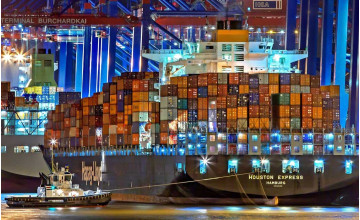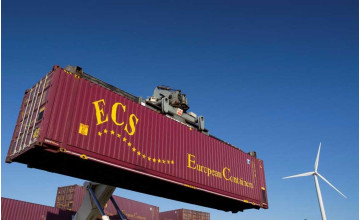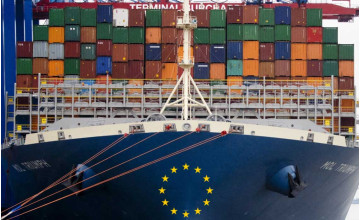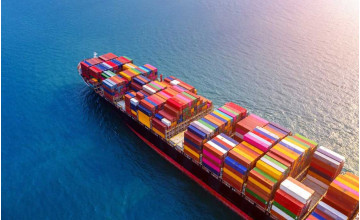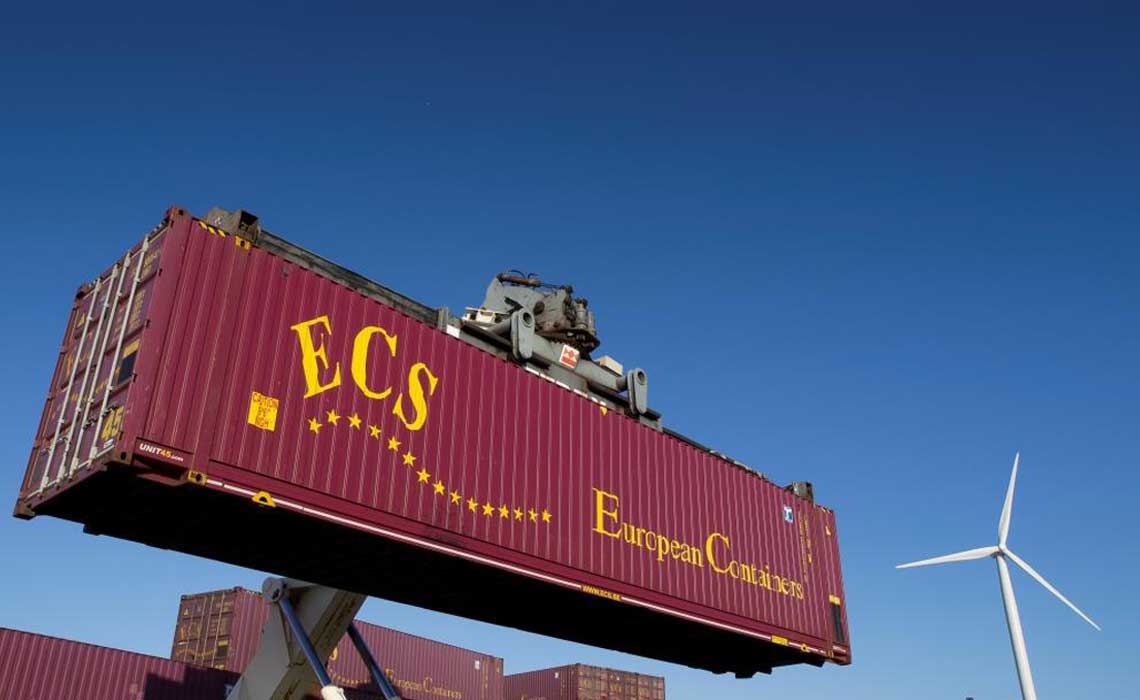
Europe Containers: A Guide to Shipping Goods to and from Europe
Introduction:
Europe is a major economic hub, and there is a lot of demand for shipping goods to and from the continent. If you are a business that is looking to ship goods to or from Europe, there are a few things you need to know. In this blog post, we will provide you with a guide to Europe containers. We will discuss the different types of containers, the benefits of using containers, and the steps involved in shipping goods in containers.
Types of Containers:
There are two main types of containers:
- Dry van containers: These are the most common type of container. They are used to ship a wide variety of goods, including furniture, electronics, and clothing.
- Refrigerated containers: These containers are used to ship temperature-sensitive goods, such as food and pharmaceuticals.
Benefits of Using Containers:
There are many benefits to using containers, including:
- Security: Containers are a secure way to ship goods. They are locked and sealed, which helps to prevent theft and damage.
- Efficiency: Containers are a very efficient way to ship goods. They can be stacked on top of each other, which saves space on ships and trucks.
- Cost-effectiveness: Containers are a cost-effective way to ship goods. They are relatively inexpensive to rent or purchase, and they can be reused many times.
Steps in Shipping Goods in Containers:
If you are shipping goods in containers, there are a few steps you need to take:
- Choose a shipping company: There are many shipping companies that offer container shipping services. It is important to choose a reputable company that has a good track record.
- Book your container: Once you have chosen a shipping company, you need to book your container. This will ensure that you have a container available when you need it.
- Pack your goods: Before you ship your goods, you need to pack them carefully. This will help to prevent damage during transit.
- Label your container: Once your goods are packed, you need to label your container. This will help the shipping company to identify your container and track its progress.
- Pay the shipping fees: Once your container is labeled, you need to pay the shipping fees. These fees will vary depending on the size and weight of your goods, the distance they are being shipped, and the shipping company you are using.
Conclusion:
Shipping goods in containers is a safe, efficient, and cost-effective way to ship goods to and from Europe. By following the steps outlined in this blog post, you can ensure that your goods are shipped safely and arrive on time.

